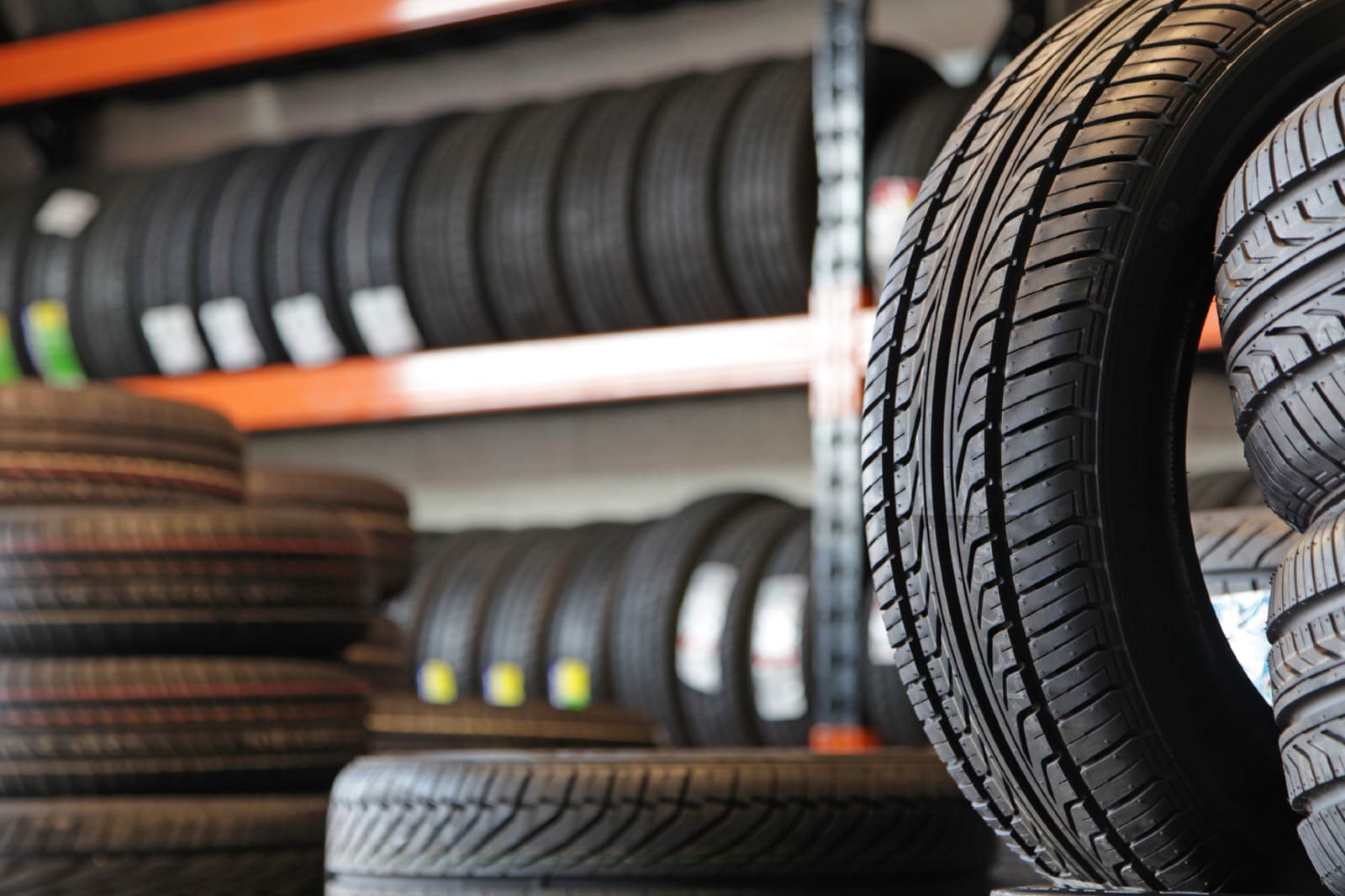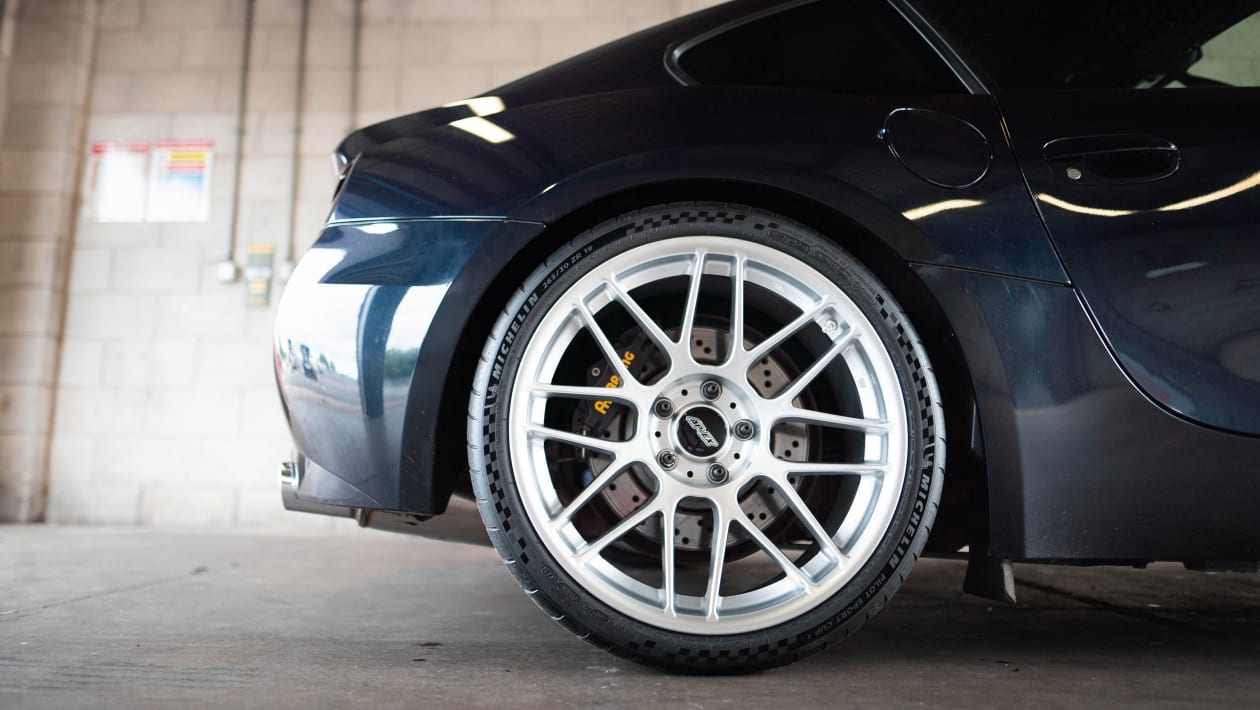All Categories
Featured
Table of Contents
I had the ability to get 100 hours out of among these tires, and while it had absolutely no tire lugs left on it, the soft compound made it function very wellas long as I was utilizing a soft mousse. Kitt Stringer picture Easy mounting - 3Wear - 3Sidewall toughness - 3Performance on origins - 4Performance on damp rocks - 2Traction on dirt - 5Cornering ability - 4Traction while stopping - 4Self-clearing of dirt and mud - 3Performance in mud - 3Overall predictability or tracking - 3 _ 37 Conclusion: This is a good well-rounded tire with excellent value for money.
The wear corresponded and I such as just how lengthy it lasted and exactly how constant the feel was throughout use. This would certainly likewise be a good tire for faster races as the lug dimension and spacing bit in well on fast terrain. Kitt Stringer picture Easy mounting - 3Wear - 3Sidewall strength - 3Performance on roots - 4Performance on damp rocks - 4Traction on dust - 4Cornering ability - 4Traction while stopping - 5Self-clearing of dust and mud - 4Performance in mud - 4Overall predictability or tracking - 4_42 Conclusion: I liked this tire a whole lot.
If I had to get a tire for hard enduro, this would remain in my leading option. Easy installing - 3Wear - 3Sidewall stamina - 3Performance on origins - 4Performance on wet rocks - 3Traction on dust - 4Cornering ability - 3Traction while braking - 3Self-clearing of dust and mud - 4Performance in mud - 4Overall predictability or monitoring - 3 _ 34 Final thought: This tire was really soft and pliable.
All the gummy tires I evaluated done relatively close for the very first 10 hours or so, with the champions mosting likely to the softer tires that had much better traction on rocks (Tyres). Purchasing a gummy tire will absolutely provide you a solid advantage over a normal soft compound tire, however you do spend for that benefit with quicker wear
Affordable Tyre Shop Services – Noranda WA
This is an ideal tire for springtime and loss problems where the dust is soft with some dampness still in it. These tested race tires are fantastic all around, yet put on swiftly.
My general victor for a tough enduro tire. If I had to spend money on a tire for everyday training and riding, I would choose this.
Trusted Car Tyres – Bayswater
I have actually been running a collection of Michelin Power Pilot 2CT's on my track Daytona 675 for the previous year. Because time I have done 15 track days in all weather conditions from cool wet to incredibly warm and these tires have never missed a beat. Tyre deals. I have actually done almost 2,000 miles (3,200 kilometres) on them and as you can see from this shot of the front taken after first session of my 15th track day on them, they still have rather a great deal of rubber left on them
Basically the 2CT is a remarkable track day tire. If you're the sort of rider that is likely to encounter both damp and completely dry conditions and is starting out on track days as I was last year, then I believe you'll be hard pressed to discover a much better worth for money and proficient tyre than the 2CT; a set of which will certainly set you back around 185 (US$ 300) in the UK.
Coming up with a much better all rounded road/track tyre than the 2CT should have been a tough job for Michelin. The result of that initiative is the Michelin Pilot Power 3 which essentially changes the Pure. Don't puzzle this new tire with the roadway going Pilot Road 3 which is not created for track use (although some cyclists do).
They inspire massive self-confidence and give impressive grasp degrees in either the wet or the dry. When the Pilot Power 3 launched, Michelin suggested it as a 50:50% roadway: track tyre. That message has just recently altered since the tires are now advised as 85:15% roadway: track use rather. All the motorcyclist reports that I've checked out for the tyre rate it as a far better tire than the 2CT in all locations however particularly in the damp.
Tyre Fitting Services ( Bayswater 6062 WA)
Technically there are many distinctions between the two tyres despite the fact that both utilize a double compound. Visually you can see that the 2CT has less grooves reduced right into the tire yet that the grooves go to the side of the tyre. The Pilot Power 3 has more grooves for much better water dispersal however these grooves do not get to the shoulder of the tire.
One facet of the Pilot Power 3 which is different to the 2CT is the new 2CT+ technology which extends the harder middle area under the softer shoulders (on the back tyre). This ought to offer extra security and decrease any type of "squirm" when increasing out of edges in spite of the lighter weight and more adaptable nature of this brand-new tire.

I was somewhat suspicious concerning these reduced pressures, it transformed out that they were fine and the tyres executed truly well on track, and the rubber looked better for it at the end of the day. Simply as a point of referral, other (rapid team) riders running Metzeler Racetecs were making use of tire pressures around 22-24 psi for the rear and 24-27 psi on the front.
Developing a much better all round road/track tyre than the 2CT have to have been a tough job for Michelin. The result of that effort is the Michelin Pilot Power 3 which basically replaces the Pure. Do not puzzle this new tire with the road going Pilot Roadway 3 which is not designed for track usage (although some riders do).
Best Discount Car Tyres
When the Pilot Power 3 launched, Michelin recommended it as a 50:50% roadway: track tyre. All the motorcyclist reports that I've checked out for the tire rate it as a much better tire than the 2CT in all areas however especially in the damp.

Technically there are plenty of differences in between the two tires also though both use a dual substance. Aesthetically you can see that the 2CT has fewer grooves cut into the tire however that the grooves run to the edge of the tire. The Pilot Power 3 has more grooves for far better water dispersal but these grooves do not get to the shoulder of the tire.
One element of the Pilot Power 3 which is various to the 2CT is the new 2CT+ innovation which prolongs the harder center section under the softer shoulders (on the back tyre). This must offer more stability and reduce any "wriggle" when speeding up out of corners despite the lighter weight and even more versatile nature of this brand-new tire.
Although I was somewhat suspicious about these lower pressures, it ended up that they were great and the tires performed actually well on the right track, and the rubber looked far better for it at the end of the day. Equally as a point of reference, other (quick group) bikers running Metzeler Racetecs were utilizing tyre stress around 22-24 psi for the rear and 24-27 psi on the front
Latest Posts
Affordable Tyre Performance
Honest Cheap Car Tyres Near Me – Bayswater
Tyre Sales Near Me (Bassendean WA)